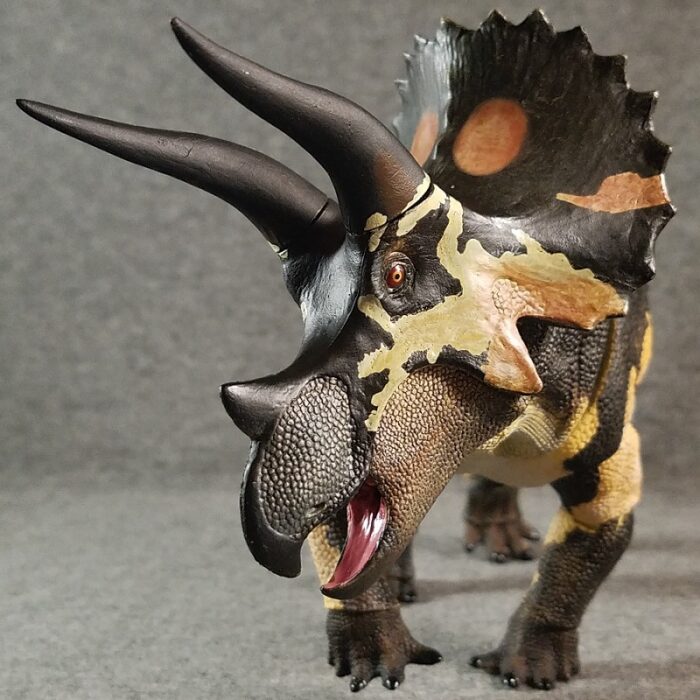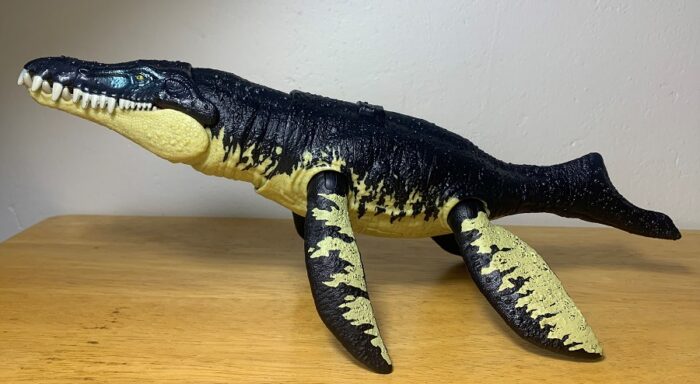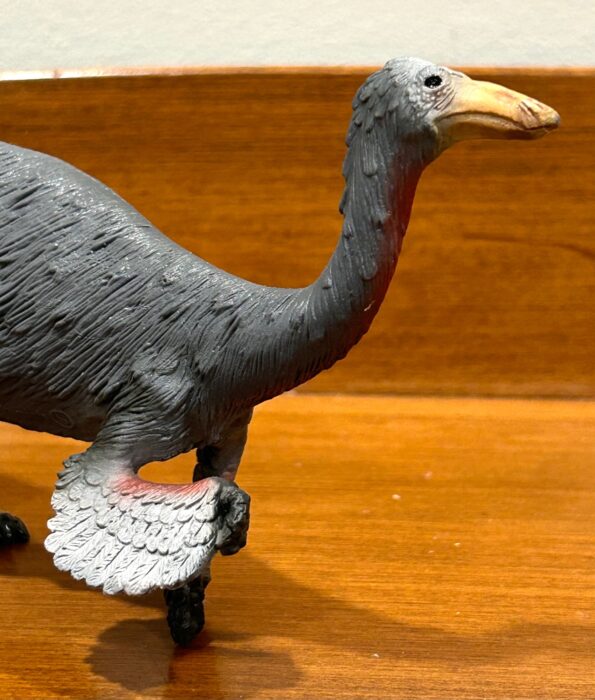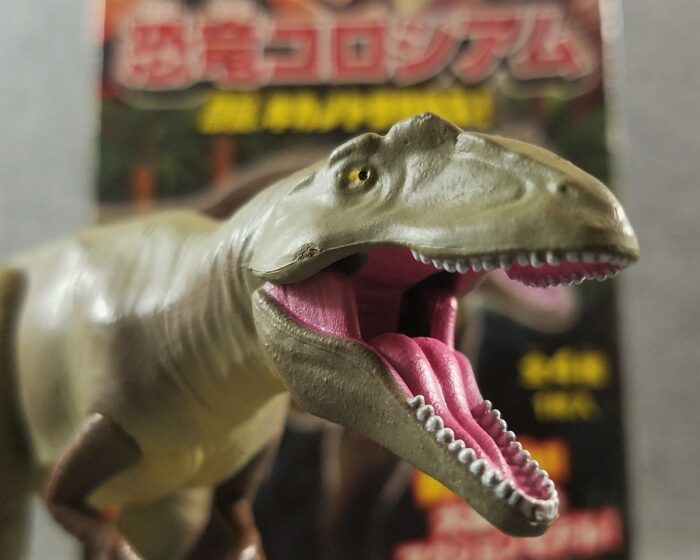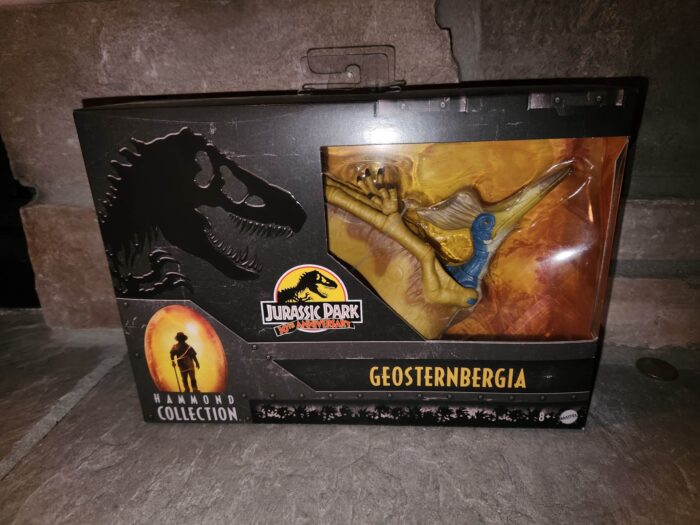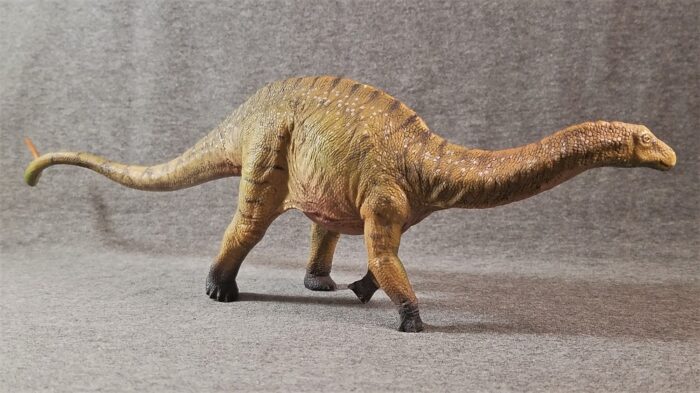For almost every Tyrannosaurus toy on the market, there’s a Triceratops toy to face off with – as it should be, considering the rich history of fossils and iconic paleo media depicting these legendary Cretaceous contemporaries. Triceratops was more than just a prime steak to fill a theropod’s belly, of course; this colossal herbivore would have been a spectacular animal in its own right, and a powerful presence roaming the forests and hills of Western North America.
Review: Kronosaurus (Jurassic World Dino Trackers, Wild Roar by Mattel)
Review: Gallimimus (Schleich)
Review: Geosternbergia (Jurassic World Legacy Collection)
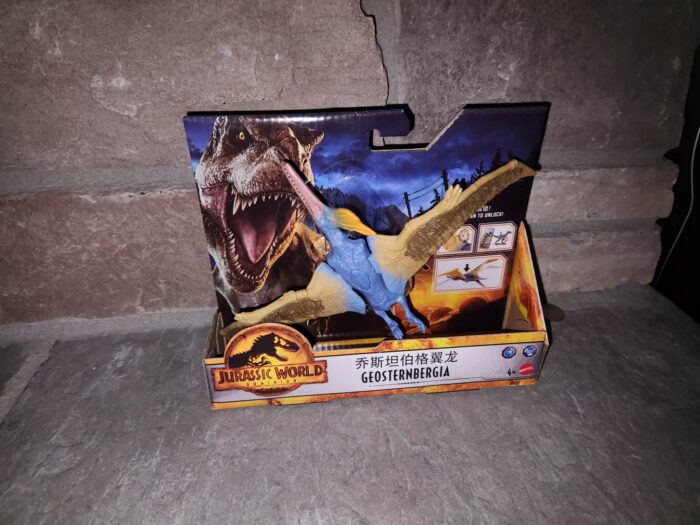
Mattel has serious distribution problems going as far back as 2004. I collect Batman figures, and I am also a completist, if you haven’t noticed. The final few waves of the Comic Book style Batman series, as well as some figures from The Batman were only released on Europe, and sometimes in Latin America.
Review: Dinosaur Colosseum (2019 release by Takara Tomy)
Review: Stygimoloch (Dino Dana by Safari Ltd.)
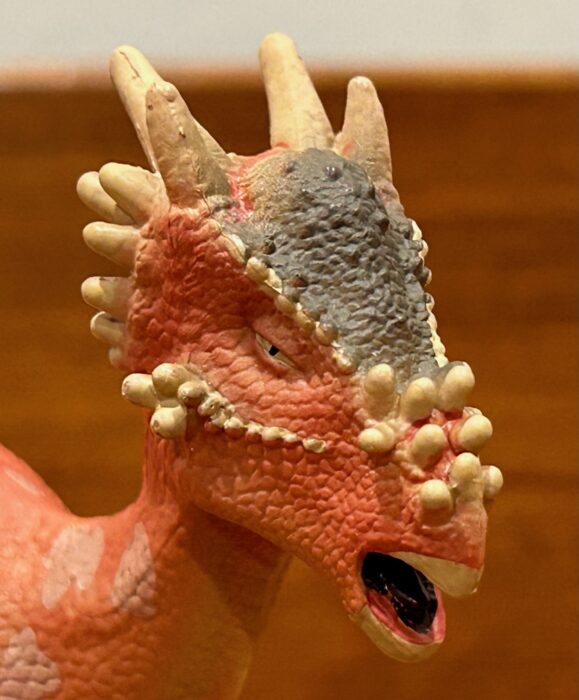
I first learned about Stygimoloch back in the late 1980s when I came across a painting of it by the late paleoartist Ely Kish in a dinosaur book, and I distinctly recall being rather excited at the prospect of another North American pachycephalosaur besides Pachycephalosaurus itself and Stegoceras.
Review: Geosternbergia (Jurassic Park Hammond Collection 30th Anniversary by Mattel)
Review: Ouranosaurus (Haolonggood)
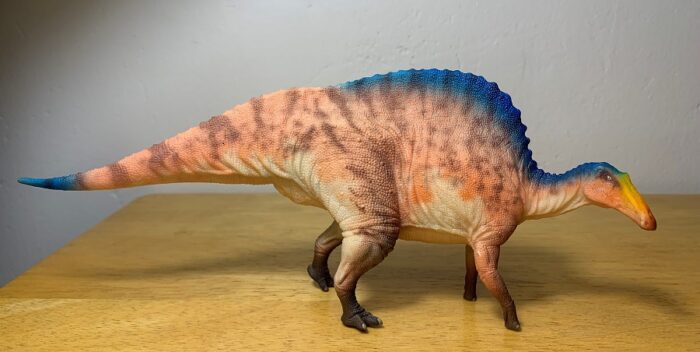
It has been 27 years since the release of the undisputed best figure of Ouranosaurus ever made, the Battat Ouranosaurus, produced in 1996 for the Boston Museum of Science. And although other Ouranosaurus figures have come along over those 27 years none of them came close to matching the craftsmanship, accuracy, and paintwork of that figure.
Review: Dicraeosaurus (Haolonggood/GR Toys)
Review: Concavenator (Jurassic World: Fallen Kingdom, Hammond Collection by Mattel)
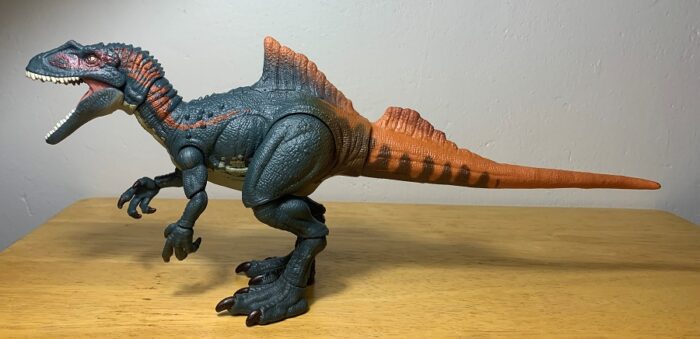
With the announcement of the Hammond Collection Concavenator late last year it became apparent that Mattel had no intention of limiting their premium collector’s line to creatures with significant screen time in the Jurassic franchise. This revelation left many collectors feeling frustrated, hoping that the Hammond Collection line would at least tackle more important prehistoric animals first.
Review: Quetzalcoatlus (Jurassic World: Mega Dual Attack by Mattel)
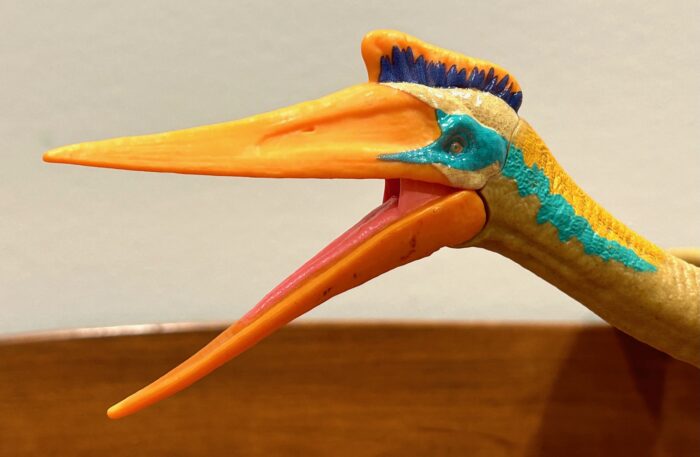
Although Quetzalcoatlus finally made its onscreen debut in 2022 courtesy of Jurassic World: Dominion, longtime collectors know full well that Kenner released a toy of the colossal azdharchid all the way back in 1994, which has still not yet been reviewed for the blog (although you can get a fairly good idea of what it was like from my review of the Lost World Pteranodon).
Review: Yutyrannus (Beasts of the Mesozoic by Creative Beast Studio)
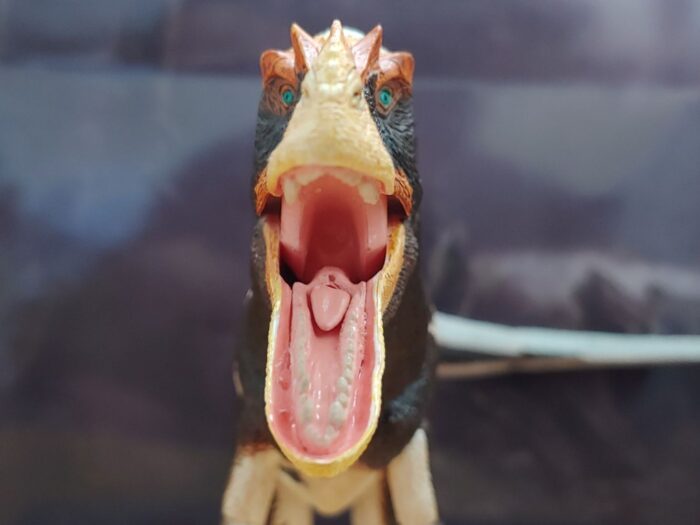
Review and photos by Faelrin, edited by Suspsy
Yutyrannus is both one of my favorite theropods and favorite dinosaurs in general these days. I still remember coming across an online news article about it back in early 2012 and being excited to see that they finally found a large feathered dinosaur.

